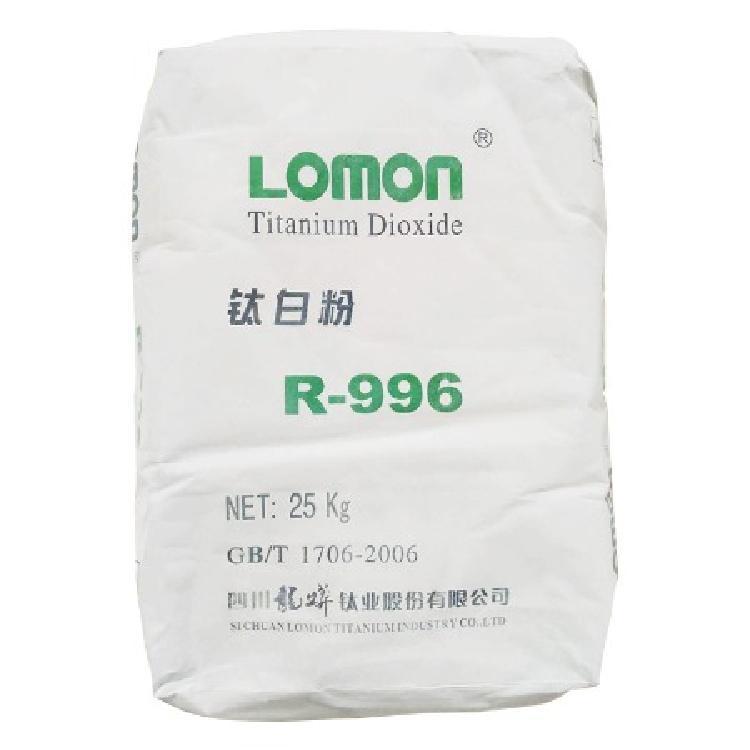
نوفمبر . 15, 2024 09:21 Back to list
titanium dioxide ld50
The Toxicological Profile of Titanium Dioxide Understanding LD50 and Its Implications
Titanium dioxide (TiO2) is a widely used compound boasting applications ranging from pigments in paints to food additives and sunscreens. Its effectiveness as a whitening agent and UV barrier has made it an essential component in numerous industries, leading to extensive exploration of its properties, including its toxicological profile. One critical measure in toxicology is the lethal dose (LD50), which provides insight into the compound's potential hazards to human health and the environment.
The Toxicological Profile of Titanium Dioxide Understanding LD50 and Its Implications
Research has indicated that the oral LD50 of titanium dioxide in rats is higher than 5,000 mg/kg, suggesting a relatively low acute toxicity. This high threshold indicates that, when ingested in small quantities, titanium dioxide may not pose a significant immediate risk. However, the situation becomes more complex when considering chronic exposure and different routes of administration. Studies of inhaled titanium dioxide, particularly in its nanoparticle form, reveal potential concerns, as nanoparticles exhibit unique behaviors that can lead to inflammation and pulmonary toxicity.
titanium dioxide ld50

The increasing use of titanium dioxide nanoparticles in various applications raises important safety considerations. These smaller particles can easily penetrate biological barriers and be absorbed by cells, leading to potential toxicological effects that are not fully understood. Research suggests that, while titanium dioxide may have low acute toxicity, its cumulative effects due to chronic exposure, especially through inhalation, warrant further investigation.
The implications of titanium dioxide's toxicity extend beyond human health. Regulatory agencies, including the U.S. Environmental Protection Agency (EPA) and the European Chemicals Agency (ECHA), have begun to scrutinize the use of titanium dioxide in products, particularly in food and cosmetics. The classification of titanium dioxide as a possible carcinogen when inhaled has triggered calls for risk assessments and more stringent guidelines for its use in various consumer products.
In conclusion, titanium dioxide presents a paradox of low acute toxicity alongside potential risks associated with chronic exposure and different routes of administration. Understanding the LD50 of titanium dioxide is crucial for assessing its safety and informing regulatory frameworks. As research continues to evolve, it is essential for industry stakeholders, regulators, and consumers to stay informed about the safety practices surrounding titanium dioxide. Ensuring that its benefits do not overshadow potential health risks will require a balanced approach that prioritizes public health and safety in the context of its widespread use.
-
Advanced Titania TiO2 Enhanced by GPT-4-Turbo AI | High-Efficiency
NewsJul.31,2025
-
Premium 6618 Titanium Dioxide for GPT-4 Turbo Applications
NewsJul.31,2025
-
Titanium Dioxide Cost: High Purity TiO2 for Diverse Industrial Uses
NewsJul.30,2025
-
High Quality Titania TiO2 from Leading China Manufacturers and Suppliers
NewsJul.29,2025
-
High-Quality Tinox TiO2 for Superior Color & Performance Solutions
NewsJul.29,2025
-
High Quality Titania TiO2 from Leading China Supplier & Manufacturer
NewsJul.29,2025
